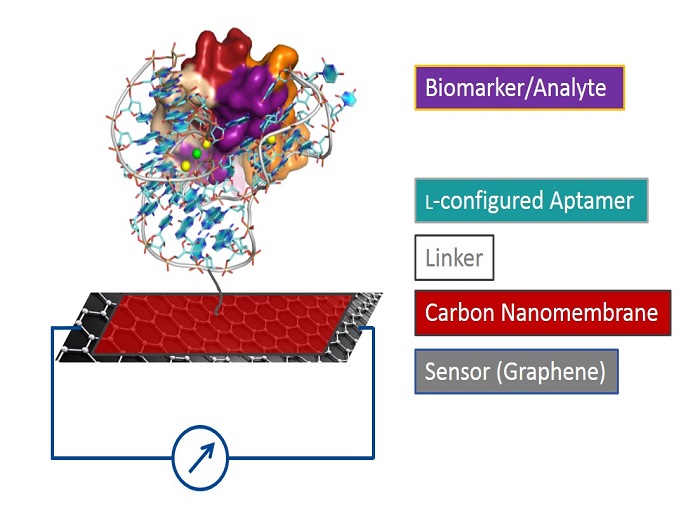New sensor detects infectious diseases in 6 minutes
The PoC-ID(opens in new window) project has developed new microelectronic based sensors in a point-of-care in vitro diagnostic (PoC-ID) benchtop device. “The platform promises to benefit patients by enabling rapid diagnosis and correct treatment – thereby also reducing healthcare costs,” emphasises project coordinator, Dr Tanja Braun. Applications of the PoC-ID device include diagnosis, monitoring of therapeutic responses, research of pathogen-host interaction and personalised medicine. Furthermore, the platform can easily be adapted to a variety of bio-sensing purposes, such as in health/environmental monitoring or food quality testing. The project team developed the breakthrough PoC prototype for the diagnosis of respiratory syncytial virus (RSV) infection particularly for children. Compared to the current standard focusing on detection of pathogens only, the device uses a disruptive approach by measuring both the infectious pathogen and the host response. This enables discrimination of causative pathogens that are clinically relevant from pathogens that may be present, but doing no harm. The new sensors use a combination of nano-membranes and molecular engineered capture molecules (L-aptamers). The project team employed these for making the response of a graphene field-effect transistor (BioGrFET) and a microelectromechanical system (BioMEMS) highly specific to the biological targets. L-aptamers against three identified target molecules, that are induced in respiratory secretions after RSV, were developed. One is the host response factor interleukin 8. The immobilisation of L-aptamers was enabled by a carbon nanomembrane (CNM), which tunes the response of an ultra-sensitivity BioGrFET covering the most clinically relevant range of interleukin 8. Furthermore, the clinical value of inflammatory markers present in the nasopharyngeal swab during RSV infection has been explored. “Importantly, interleukin 8 was confirmed as a biomarker able to differentiate between children with moderate and severe disease in order to determine who needed supportive care in a hospital,” explains Dr Braun. The costs of the new disposable sensors are low as there are no expensive biologically active buffer or enzymes required for detection. Moreover, at high volumes, the expenses will be ultra-low thanks to the design of the microelectronic production flow. “Detection is rapid and multiplexed due to parallel electric readout,” points out Dr Braun. Further advances have been realised in terms of usability and speed of data-analysis arising from the integration of sensors, read-out electronics and microfluidics into one user-friendly PoC platform. Two international patent applications have been filed on the immobilisation of oligonucleotides on CNMs. The use of aptamer-coated CNMs tightly adhering to graphene, allows keeping the aptamers attached to the graphene surface that can otherwise not be functionalised without losing its outstanding electrical properties, and additionally keeps the target affinity of aptamers. Furthermore, a patent application on the interleukin 8-binding L-aptamer was filed. Using this molecule, the proof of concept for the possibility to detect a biomolecule with the BioGrFET-sensor employing a CNM nanointerposer has been reached. Focusing on the application in the clinic alone, Dr Braun sums up the importance of this revolutionary sensor. “The novel platform will support prevention and control of pathogen spread and enable faster and more personalised patient treatment.”







